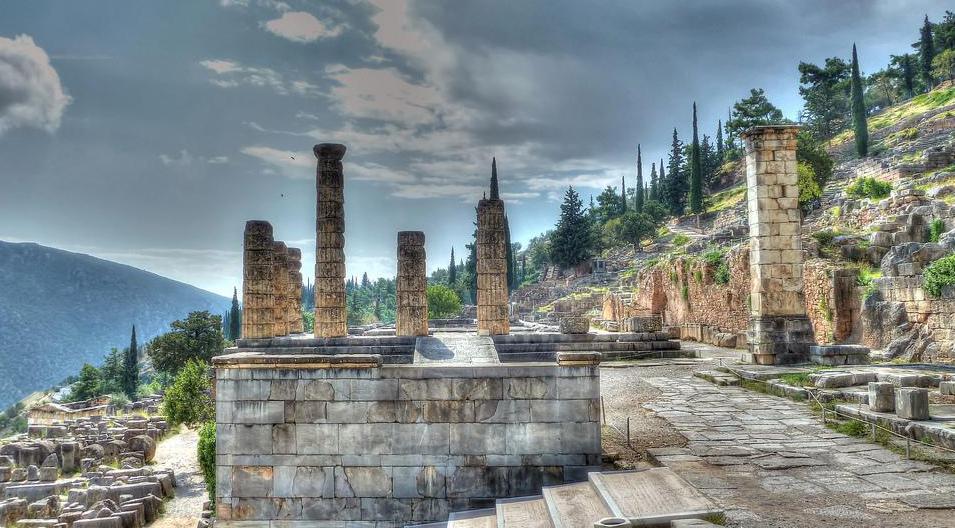At WiseGEEK, we're committed to delivering accurate, trustworthy information. Our expert-authored content is rigorously fact-checked and sourced from credible authorities. Discover how we uphold the highest standards in providing you with reliable knowledge.
What Is a Hierarchical Organization?
A hierarchical organization is one based on a rigid organizational structure. Examples of such groups include religious, corporate and governmental institutions around the world. A hierarchical organization, or hierarchy, is generally made up of subordinates who follow the orders of supervisors, who in turn report to their own supervisors, and so on. Most such hierarchies allow for promotion upward through the ranks based on merit, seniority or other factors. The hierarchy has been the dominant form of human organization for thousands of years.
A key example of a hierarchical organization is the Roman Catholic Church. Priests are in charge of single churches, and bishops oversee several churches in a single area. These bishops report to archbishops and cardinals, who report in turn to the Pope, who is the head of the Catholic Church as a global entity. A priest who rises up through these ranks faces greater responsibilities and benefits with each new level. He must achieve the rank of cardinal before he can be considered for the papacy, a position that is open only after the death of the previous pope.

Human institutions have arranged themselves on hierarchical lines since prehistory. Apes and other social animals organize on similar principles, with the strongest or most ferocious fighter controlling the group’s resources. This also was true in early human societies, when the most powerful person would assume leadership of a tribe or nation. This was the person with the greatest political or military assets, not just the greatest warrior. Military nations such as Rome were most likely to form a hierarchical organization; the Athenian society of Greece experimented with early forms of democracy instead.

In modern times, many corporate entities use the pyramid-like hierarchical organization as a model. A single individual or a small group of people are at the top, setting major policies and reaping most of the benefits of the company’s work. Supervisors are placed in charge of departments that can include dozens or even hundreds of people. Each of these departments are broken into smaller groups, based on location, function or other factors, each with its own supervisor. Churches, military organizations and governments use similar hierarchies.

Workers wishing to express concerns generally must address their supervisors, who will determine whether to pass the information up the line; this is known as the chain of command. It allows those at the top to concern themselves with administrative duties rather than the details of day-to-day work. This also is the main drawback of any hierarchical organization. Those at the top might have little idea of what is going on at the lower levels, and those at the lower levels have no way to get the information to the top. This accounts for many of the easily observed inefficiencies of large hierarchical organizations of any kind.
AS FEATURED ON:
AS FEATURED ON:













Discuss this Article
Post your comments